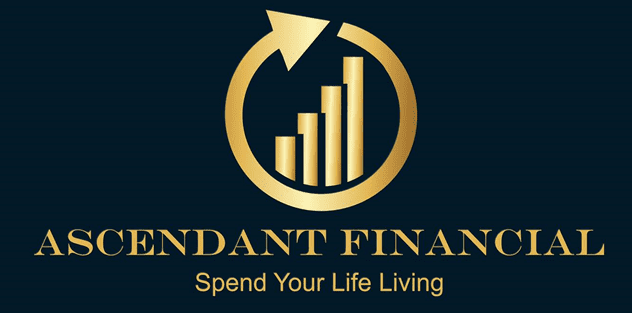Expanding your system to accommodate recurring living expenses
What This Covers
This session explores how clients can strategically expand their Infinite Banking Concept system to include recurring personal expenses, like vacations, property tax, insurance, or charitable giving. JinJin demonstrates how redirecting regular outflows into your own banking system creates greater long-term control, compounding growth, and legacy.
Why Clients Use This
To recapture recurring expenses through their own policy system
To grow guaranteed cash value and death benefit over time
To learn real-life tactics for funding premiums with everyday money
To shift out of Parkinson’s Law (spending surplus) into intentional capital allocation
To explore enhanced policy design options post-Equitable Life changes
Key Insights by Timestamp
(00:00–02:12)
Education is the foundation. Nelson Nash’s “use it or lose it” principle (p. 35) reminds clients that this is a lifestyle shift, not a one-time decision. Ongoing learning is vital.
(02:50–04:51)
New YouTube content helps clients understand real-world applications (cars, mortgage, etc.). Clients are encouraged to revisit webinars and study policy design evolution.
(06:12–08:51)
JinJin explains updated Equitable Life policy design:
Base premium (e.g., 40%) + paid-up additions (e.g., 60%)
Enhanced structures now allow up to ~170% total contributions
Backdating up to 364 days can save age and increase compounding potential
(08:51–10:15)
Real-life example:
JinJin repurposes $1,200/month daycare savings into a policy
Just $77/hour per work week (~$120/month or $1,500/year) can seed a strong base
That base could unlock ~$5,000 in paid-up additions capacity
(11:03–14:21)
Clients are guided to identify recurring personal expenses like Christmas travel, property tax, personal tax, etc.—and ask: “Can I run this through my policy instead?”
By doing so, they:
Fund a policy with money they’re already spending
Create permanent death benefit and uninterrupted compounding
Recapture value through policy loans + repayments
(14:21–16:15)
The recycling strategy:
Use policy loan to cover known expense
Repay loan using next year’s saved amount
Repeat annually to retain all financial energy inside your system
Expand death benefit and access more cash value
Takeaway for Clients
If you’re spending it anyway, run it through your system. Redirect personal recurring costs through a well-designed policy and turn annual outflows into legacy-building, wealth-compounding capital.
